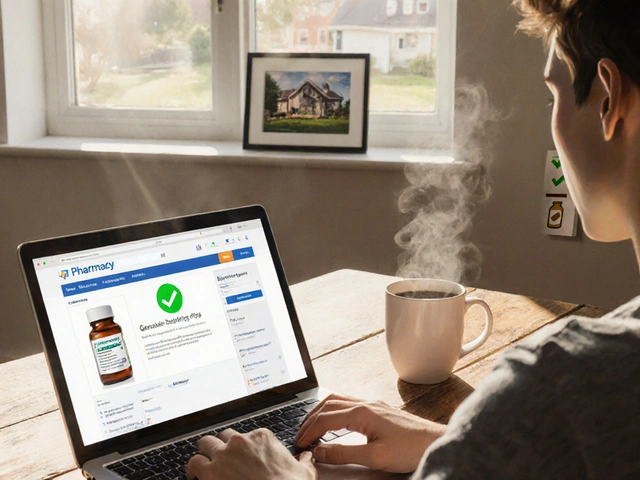Berberine: Uses, Dosage, Benefits & Safety
Berberine is a plant compound people use to help blood sugar, cholesterol, digestion, and weight. It’s been studied in clinical trials and shows effects, but it’s not a magic pill. If you’re curious, this page gives straight facts, dosing tips, safety warnings, and where to look for supplements.
What it does: Multiple trials found berberine can lower fasting blood glucose and improve HbA1c similar to some medications when used term. It also tends to reduce LDL cholesterol and triglycerides while raising HDL. Benefits appear within weeks, but results vary by dose and individual.
Dosage & How to Take
Common dosing is 500 mg two or three times daily, totaling 1500 mg. Take it with meals to reduce stomach upset and spread doses through the day for steady blood levels. Some brands use enhanced formulas to increase absorption. Talk with your provider before combining berberine with prescription drugs, especially diabetes medicines.
Safety, Side Effects & Interactions
Side effects are usually mild and include diarrhea, constipation, gas, and cramping. Rarely people report headache or low blood pressure. Berberine can lower blood sugar, so if you take insulin or sulfonylureas your risk of hypoglycaemia rises. It can also influence drug metabolism by affecting liver enzymes and transport proteins, meaning levels of some medications could change. Avoid in pregnancy and breastfeeding due to lack of safety data. Children and people with severe liver disease should be cautious.
Choosing a product: Look for supplements that list exact berberine amount per serving and use third party testing like USP, NSF, or independent lab reports. Prefer brands with clear dosing instructions. Buy from reputable pharmacies or verified online stores.
If you live near Mexico or use Mexican pharmacies online, compare prices, check dates, and confirm the seller provides product information in English. Mexican manufacturers supply many affordable supplements, but quality varies. If a price looks too low, check for fake labels or missing tests.
Stacking and timing: Many people use berberine alongside diet changes, regular exercise, and to get the best effect. Some users compare it to metformin because both affect similar pathways, but do not stop prescribed drugs without medical advice. You need at least eight to twelve weeks to see results. Take it consistently and check fasting numbers.
Testing and tracking: Before starting, record baseline labs for glucose and lipids. Repeat tests after two to three months to judge effect. If levels improve, keep periodic monitoring and confirm no interactions with other meds. If lab values worsen or you have side effects, stop use and speak to your clinician. Simple tracking makes it easier to see if berberine is helping for you.
Practical tips: start with 500 mg once daily for a week, then increase to twice daily if tolerated. Measure how you feel and track side effects. Keep berberine away from children. If you take blood thinners, antidepressants, or many heart drugs, check with your pharmacist — interactions are possible. Ask your doctor about lab checks quarterly please.






